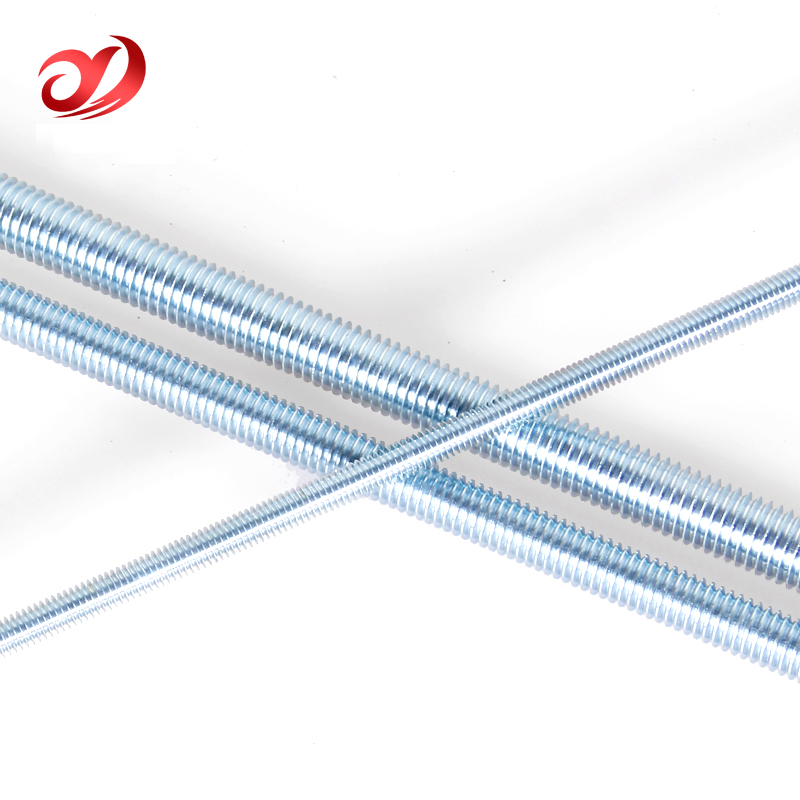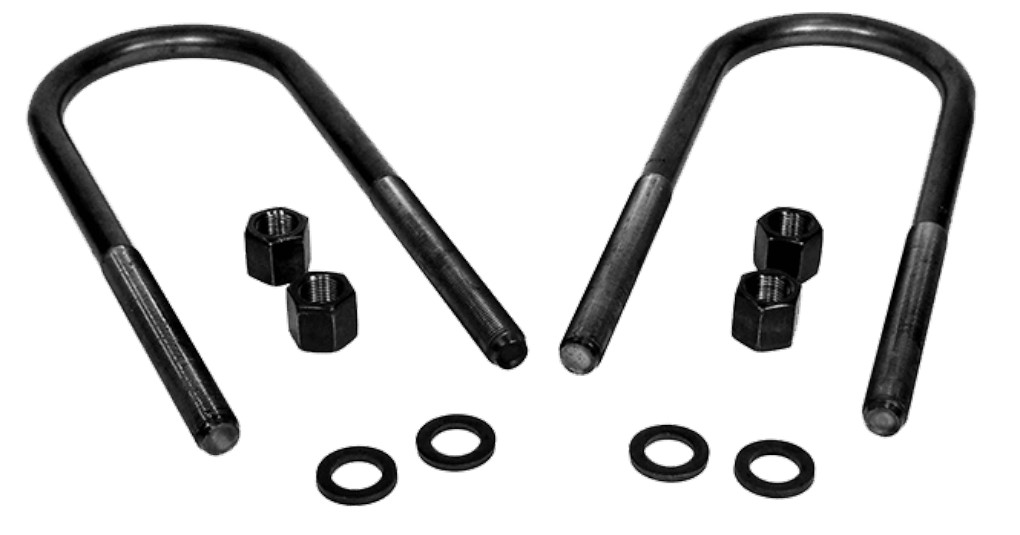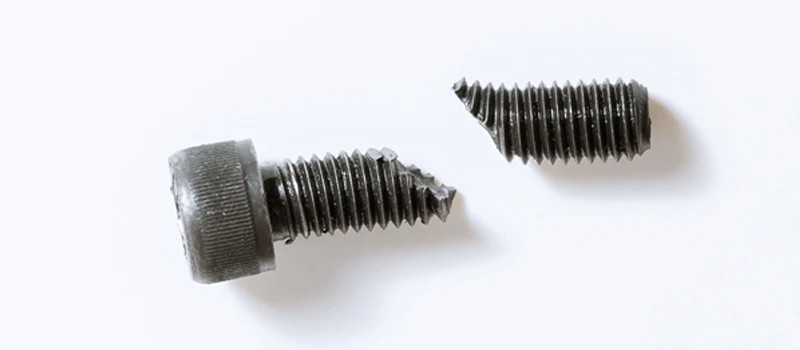Tightening ≠ Safer: How Over-Tightening Affects Fastener Performance
Fasteners play a crucial role across various industries, from construction and automotive to infrastructure and heavy equipment. Their primary function is to create secure connections that can withstand external forces while maintaining structural integrity. However, a common misconception is that the tighter a bolt is fastened, the stronger and safer the connection becomes. In reality, over-tightening can severely compromise fastener performance, leading to joint failure, reduced lifespan, and safety hazards. Proper bolt tightening is essential for maintaining stability, ensuring the safety factor, and improving the long-term reliability of connections.
Why Is It Important to Tighten Bolts Correctly?
Bolts do more than just hold components together; they provide the necessary clamping force to distribute loads efficiently. Proper torque application is essential for:
Preventing loosening – Adequate preload helps resist vibration and impact loads, reducing the risk of connection failure.
Avoiding damage – Excessive torque can lead to thread stripping, material deformation, or even bolt breakage.
Enhancing structural safety – Correct torque ensures uniform load distribution, improving overall stability.
Extending service life – Maintaining fasteners within the proper preload range minimizes stress concentration, reducing the likelihood of fatigue failure.
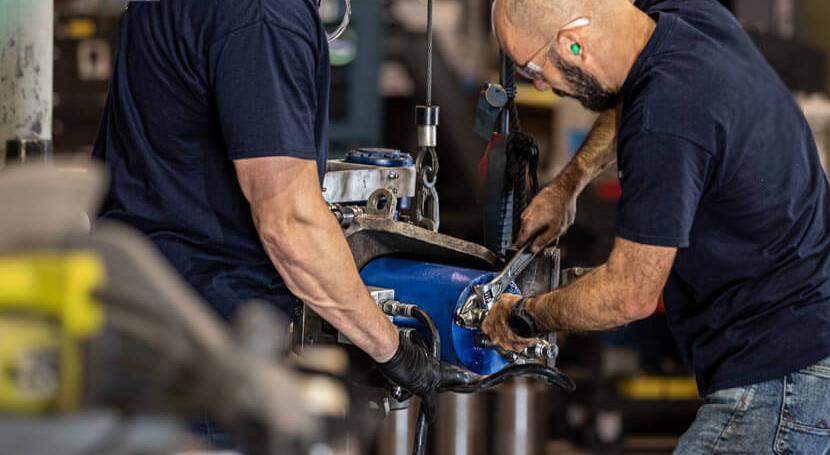
The Misconception: More Torque Equals More Security
Many assume that applying extra torque increases a bolt’s holding power. However, torque, preload, and friction are interrelated in a complex way. Torque is the rotational force applied to a bolt, while preload is the tension generated as the bolt stretches during tightening. If torque exceeds the recommended limit, the bolt may deform plastically, reducing its ability to hold the joint securely and increasing the risk of failure.
The Safety Factor of Bolted Connections
The safety factor in bolted connections refers to the margin between the applied load and the maximum load a bolt can handle. This factor is determined by material strength, loading conditions, and environmental factors. For critical applications such as bridges and aerospace structures, higher safety factors are required to maintain stability under extreme conditions. In general, bolted connections are designed with a safety factor ranging from 1.5 to 3.0, ensuring that fasteners can withstand greater loads than they typically encounter in operation.
Risks of Over-Tightening Bolts
Bolt Stretch and Failure
Applying excessive torque can stretch a bolt beyond its elastic limit, leading to permanent deformation or breakage. Once a bolt surpasses its yield strength, it can no longer maintain the necessary clamping force, resulting in joint failure.
Joint Deformation and Misalignment
Over-tightening can damage not only the bolt but also the materials being clamped. Excessive force may cause flanges, brackets, or structural components to warp or misalign, reducing the effectiveness of the connection.
Increased Risk of Stress Corrosion Cracking (SCC) and Hydrogen Embrittlement (HE)
Bolts subjected to excessive stress are more susceptible to SCC and HE, particularly in corrosive environments. These conditions weaken the microstructure of the bolt, increasing the likelihood of sudden failure.
Thread Stripping and Galling
Over-tightening can strip bolt threads or cause galling, where excessive friction leads to cold welding. This can make removal difficult and may require replacing the bolt or even the entire assembly.
Loss of Preload Control
The purpose of preload is to maintain a stable clamping force. Over-tightening can cause uneven load distribution, making the joint more prone to loosening due to vibration, temperature fluctuations, or cyclical loads.
Tolerance for Torque Tightening
Torque tightening is not about achieving an exact value but staying within a tolerance range. Typically, torque tolerances range from ±10% to ±20%, depending on bolt grade, lubrication, and assembly conditions. Staying within these limits ensures that bolts are neither too loose nor over-tightened, maintaining optimal performance.

Proper Tightening Techniques for Reliable Fastener Performance
Understanding Torque vs. Tension
Torque alone is not a precise measure of preload. Due to friction losses in the threads and bearing surfaces, much of the applied torque is dissipated, and only a fraction converts into actual bolt tension.
Following Torque Specifications
Manufacturers provide recommended torque values based on the fastener’s material, joint design, and operating conditions. Adhering to these guidelines ensures the correct preload without exceeding the bolt’s yield strength.
Using the Correct Bolt Tightening Sequence
A proper tightening sequence helps achieve even load distribution. For example, flange bolts are often tightened in a crisscross pattern in multiple passes (30%, 60%, and 100% of the final torque) to prevent warping and gasket failure.
Applying Lubrication to Reduce Friction
Proper lubrication minimizes friction variations, leading to more consistent torque application and preventing galling. This is particularly beneficial in high-friction environments.
Using Advanced Fastening Methods
For critical applications, techniques such as hydraulic tensioning or ultrasonic preload measurement offer greater precision than conventional torque wrenches. These methods reduce the risk of over-tightening and enhance structural integrity.
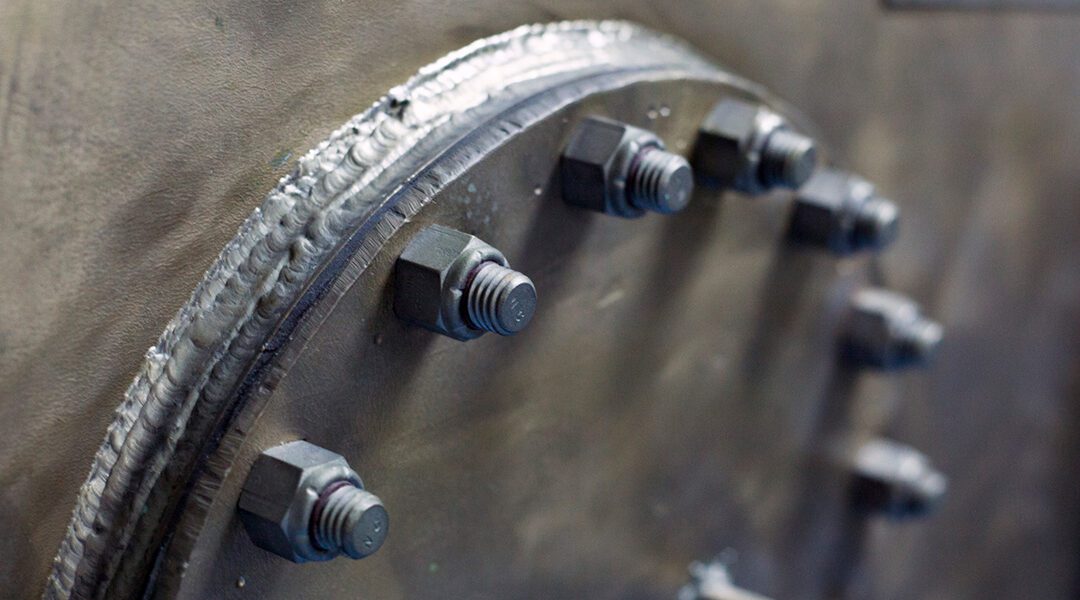
What Happens If Bolts Are Not Torqued Properly?
Improper torque—whether too high or too low—can cause multiple issues:
Loose bolts – Insufficient torque results in low preload, making joints vulnerable to loosening from vibration or external forces.
Component damage – Excessive torque can deform materials, crack flanges, or strip threads, increasing maintenance costs.
Fatigue failure – Uneven stress distribution from incorrect torque application can lead to premature bolt failure in high-load environments.
Leaks in pressurized systems – In piping and hydraulic applications, improper torque can lead to gasket failure, causing leaks and reduced efficiency.
Conclusion
Proper bolt tightening is crucial for maintaining the safety, durability, and reliability of a structure. Over-tightening does not enhance security; instead, it can lead to bolt failure, material damage, and long-term safety risks. The safety factor of bolted connections ensures that fasteners operate well within their load capacity, but only if torque is applied correctly.
By following torque specifications, adhering to tolerance limits, and using proper tightening sequences, professionals can ensure bolted joints remain secure and durable. Understanding that “tighter does not always mean safer” is key to optimizing fastener performance and maintaining long-term structural reliability.






